Textiles surround a person everywhere. Towels, clothes, shoes, curtains, pillows, linen – all this has become firmly established in everyday life. The average person does not know what the material is, what its properties and purpose are. You can find out more information from the material below.
What is textile
Textile is a material created from knitted, woven, wound or felted fibers. They can be natural or synthetic. Products are manufactured on a machine or by hand. The quality of products is determined and regulated in accordance with GOST standards.

Important! According to the Nice Classification classification, each category of goods corresponds to a certain class.
The term "textiles" implies a wide range of goods. These are:
- fabrics;
- knitwear;
- non-woven and laminated materials;
- products made of felt, cotton wool, net;
- textile haberdashery;
- sewing threads, laces, ropes.
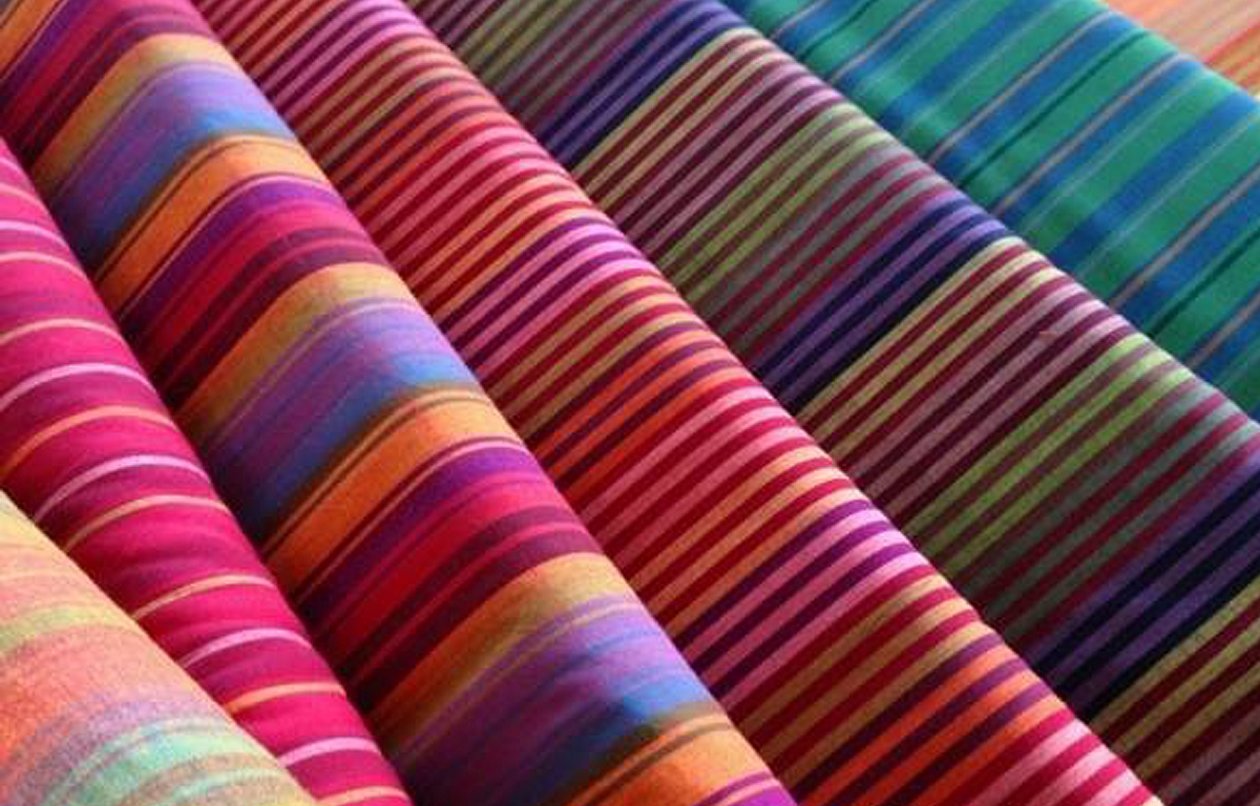
Literally, "textile" literally means "weave". To create a knitted fabric, it is necessary to weave many long fibers of certain proportions. Despite the fact that the term is widely used in everyday life, many consumers do not understand its meaning and ask the question: "Textile - what kind of material is it?"
Types of textile materials
There are several types of textiles. According to the seasonality criterion, clothing fabrics are:
- winter;
- summer;
- demi-season.
The fabrics differ in purpose. The following fabrics are distinguished:
- dress;
- costume;
- linen;
- coats;
- bedding, dining room (household use);
- curtains, drapes;
- curtains;
- special (for workwear);
- lining;
- upholstery;
- technical.
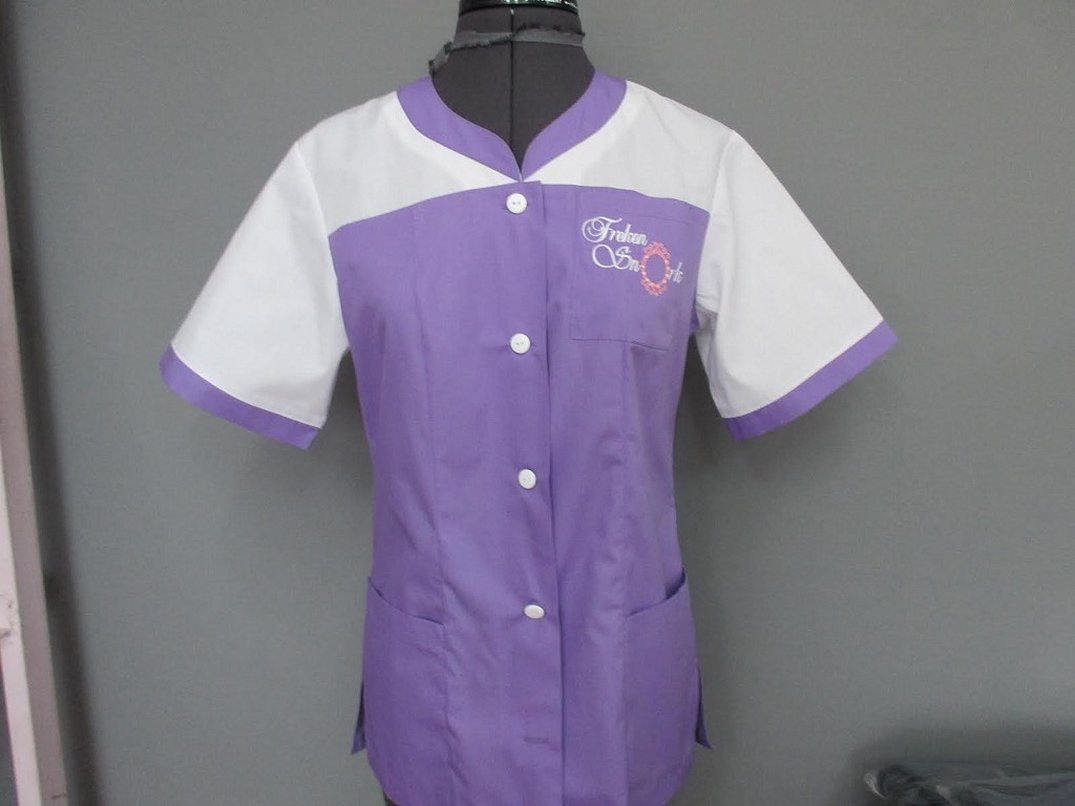
According to their composition, materials are divided into 4 types: fibrous, natural, mineral, twisted. This classification is the most common. The group to which the material belongs determines its properties and type of purpose. For example, durable fabrics are used for furniture upholstery, hygroscopic ones are used in the production of workwear for employees.
Synthetic fabrics are created by interweaving "chemical" fibers. They are obtained from natural polymers. Viscose and acetate artificial fibers are produced by complex modifications.
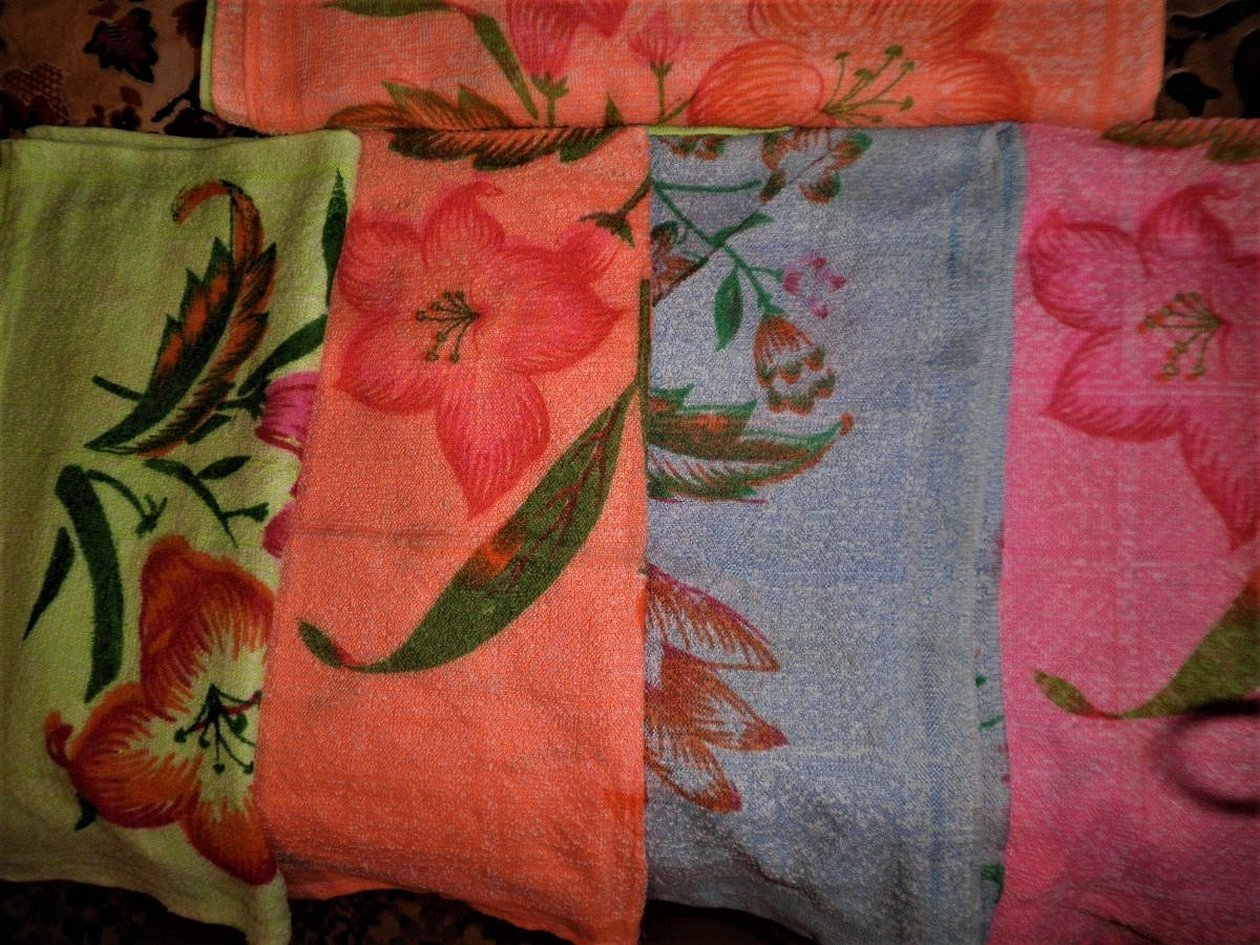
The fabric consists of the following threads:
- polyester;
- nylon;
- nylon;
- lavsan.
There is no ready-made "chemical" raw material in nature. It is produced by polymerization.
Synthetic textiles are used to produce clothing. They are inexpensive, accessible, do not cause allergies, and have a presentable appearance. However, the material is electrified and does not allow air to pass through well.
Fabrics included in the natural textile group are made using a special technology using animal or plant fibers.
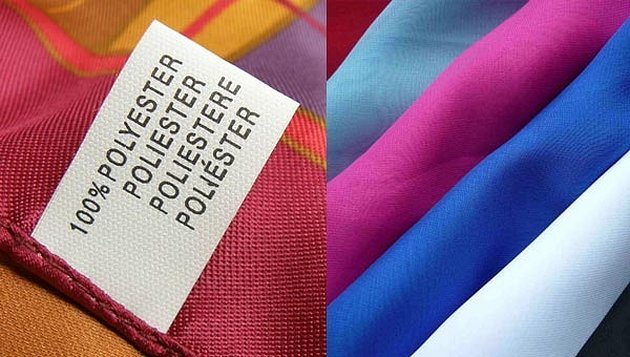
The following are used as a basis:
- camel, alpaca, vicuna, goat wool;
- mohair from rabbit, llama, sheep, pig;
- fur.
Natural threads of plant origin are called bast. The following fibers are used as raw materials:
- abacus;
- pineapple;
- henequen;
- jute;
- kapka;
- kenaf;
- coconut palm;
- hemp;
- flax;
- Manila;
- ramie;
- sisal;
- straw;
- Hempa (crotalaria);
- cotton.
Plant textiles are more in demand in the clothing industry. The material is environmentally friendly and safe. Natural fabrics do not electrify and are suitable for use in hot weather. However, they take a long time to dry, wrinkle quickly, and do not hold their shape well.
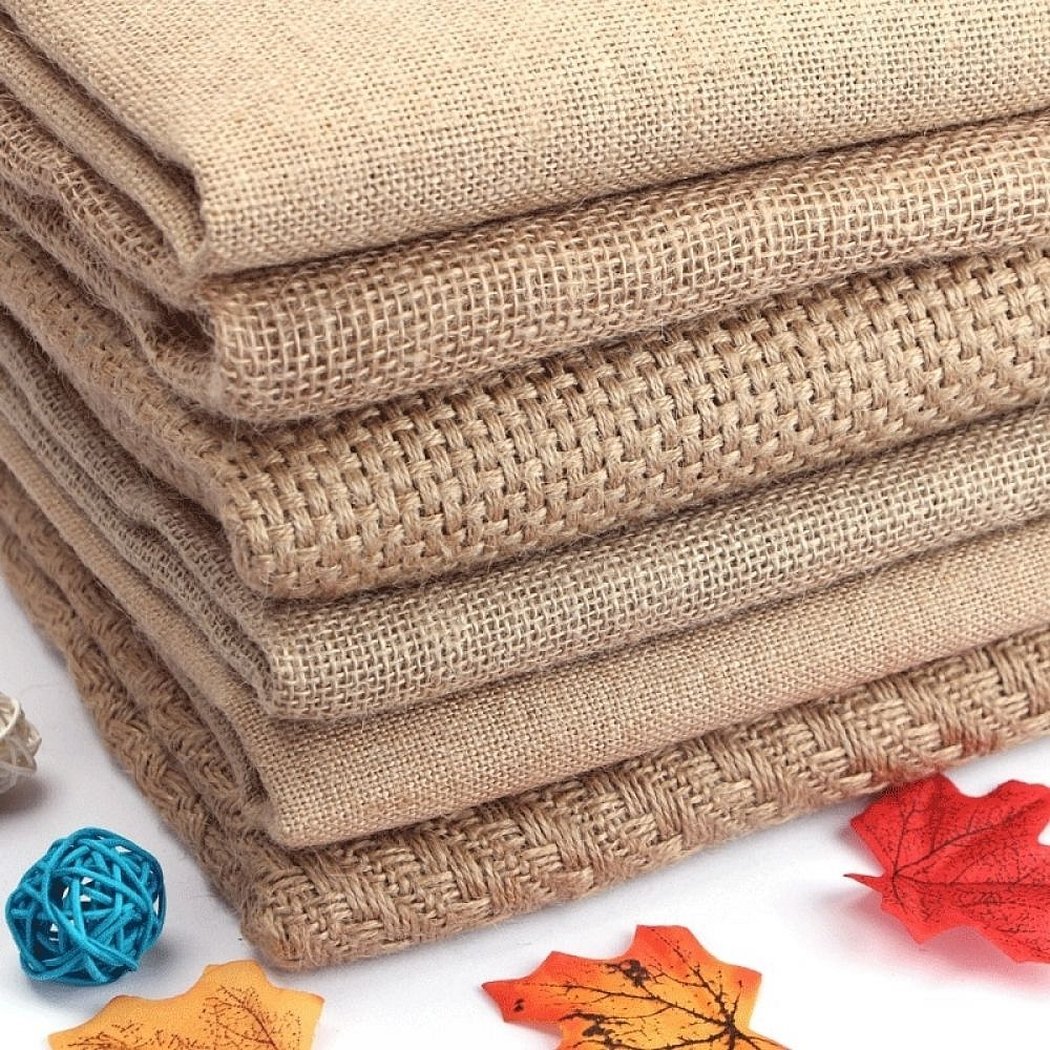
Mineral textile is used for the production of special clothing. The fabric consists of 3 components:
- glass;
- basalt;
- asbestos.
Textiles are used in the process of producing precious stones.
The group of twisted materials includes threads, yarn, ropes, nets. Their main feature is high fiber strength with a minimum diameter.
Primary and secondary textile threads are distinguished. Primary ones are obtained in the process of spinning or pharmaceuticals. Secondary ones are the result of technological processing, as a result of which the chemical properties of the fibers change.
According to their composition, threads are divided into 3 groups:
- homogeneous;
- heterogeneous;
- mixed.
The first group includes cotton, flax, wool. The products consist of elementary fibers of the same composition. The second group includes threads obtained by weaving chemical fibers into yarn. For example, wool is combined with nylon. Mixed threads are a combination of different fibers.

Additional information! Glass is often used to produce strong threads (ropes, cables).
Features of textile products
There are several types of textile products. These include:
- Fabrics.
They are produced by interlacing perpendicular systems of fibers. The pattern is created by changing the weaving pattern. The grade, thickness, quality of threads, density are the main characteristics of the material. Some products (towels, rugs) are a densely interlaced system of loops. The closer they are to each other, the better the material absorbs moisture.
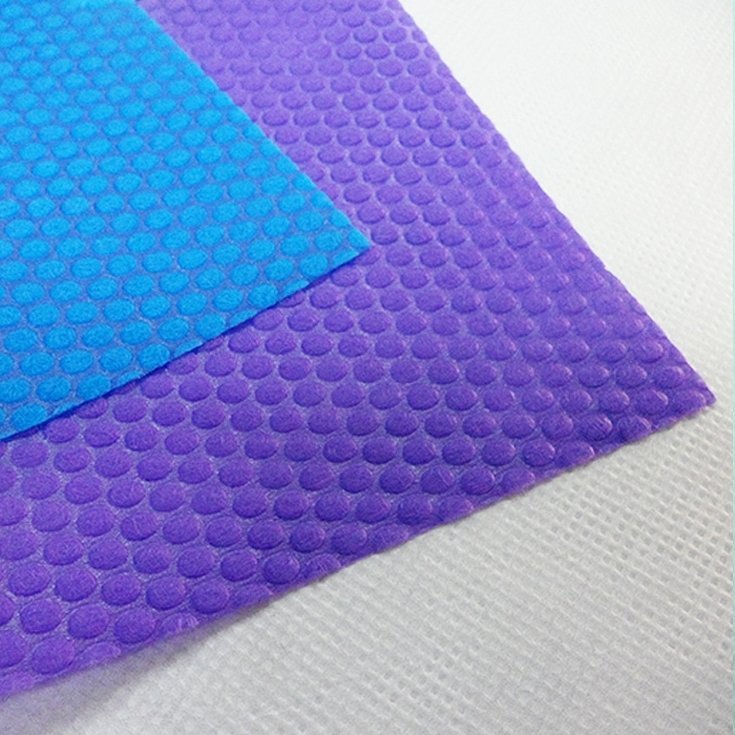
- Elastic fabrics.
They are made from highly elastic yarn that stretches well and restores shape. The fabric is used to make sportswear, underwear, and pajamas.
- Knitwear.
Light industry products are made by knitting. They are soft, elastic, dense, hold their shape well, and are resistant to moisture absorption. The material is used to produce hosiery.
- Non-woven materials.
The products are canvases glued together. Thermoplastic fibers are sometimes used to create the canvas. The gluing occurs through heating.
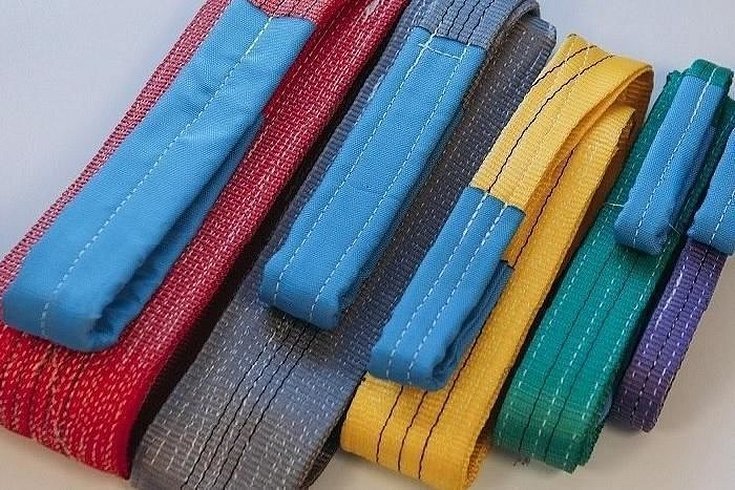
Textiles are made from chemical fibers without using weaving methods. Many useful things are made from it:
- personal hygiene products,
- wet wipes,
- medical diapers,
- masks,
- packages,
- robes,
- protective clothing,
- tea bags,
- table linen.
The products are highly technological and functional: they absorb and retain moisture, are fire-resistant, and have excellent barrier properties (material for operating rooms).
Important! Disposable items are classified as non-woven textiles.
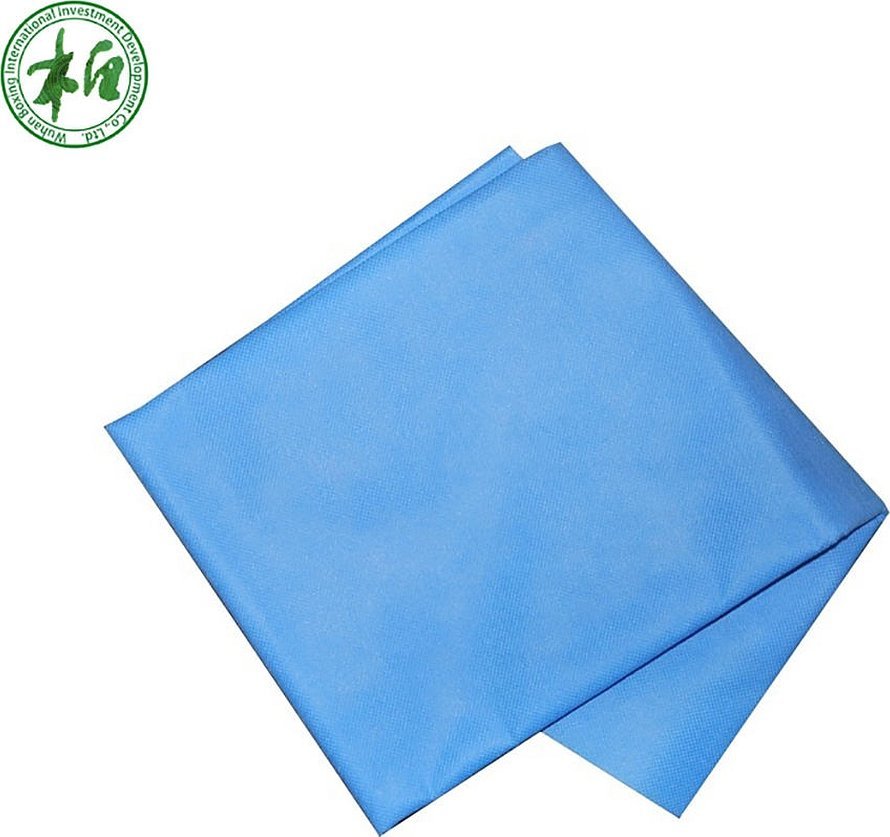
- Woven textiles.
The material is made by interlacing the fibres diagonally to form a tape. The tape can be round-woven or flat, up to 10 cm wide.
- Lace and curtain-tulle products.
Textiles are openwork materials made by interlacing fibers at any angle. They are made by hand or by machine.
- Felt material.
The textile undergoes complex processing: it is heated, moistened, pressed, and then impregnated with shellac. The amount of impregnation depends on the required density of the product.
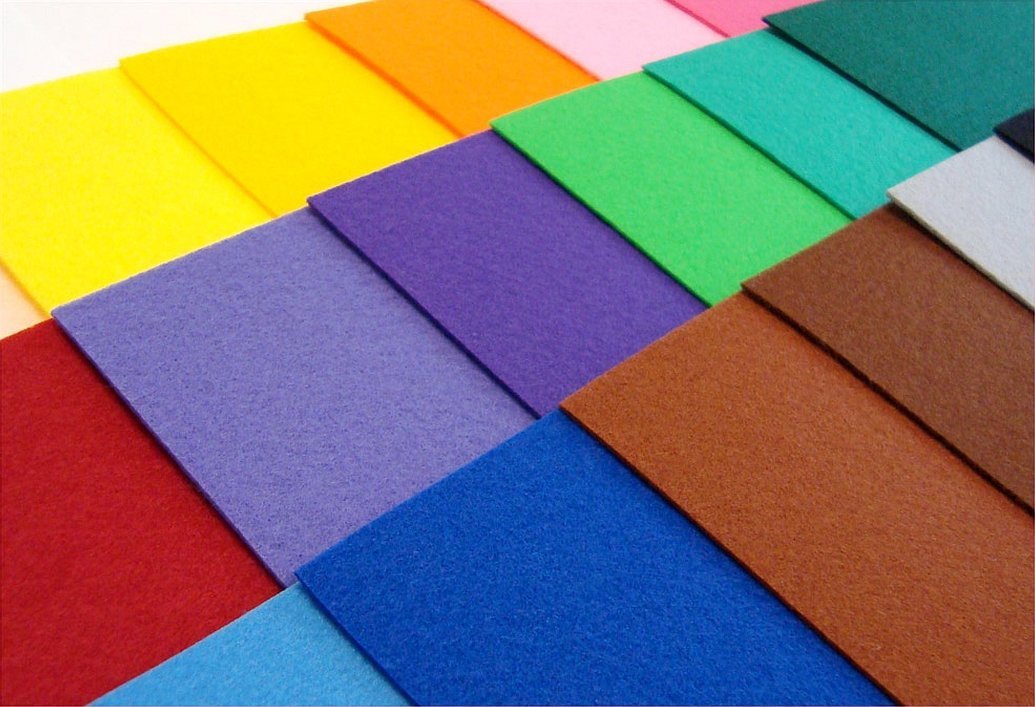
The following are used as raw materials:
- short-staple wool waste;
- rabbit and beaver fur fibers;
- camel, cow, goat wool;
- waste from weaving factories;
- low-grade wool.
The material is used to make hats, crafts, and decorations. Felt has good performance characteristics, holds its shape, and is hypoallergenic.
Flaws:
- wet material smells bad;
- formation of pellets.
Felt is softer and does not itch. It should be noted that the fabric tends to lose shape, fades, and gets wet quickly.
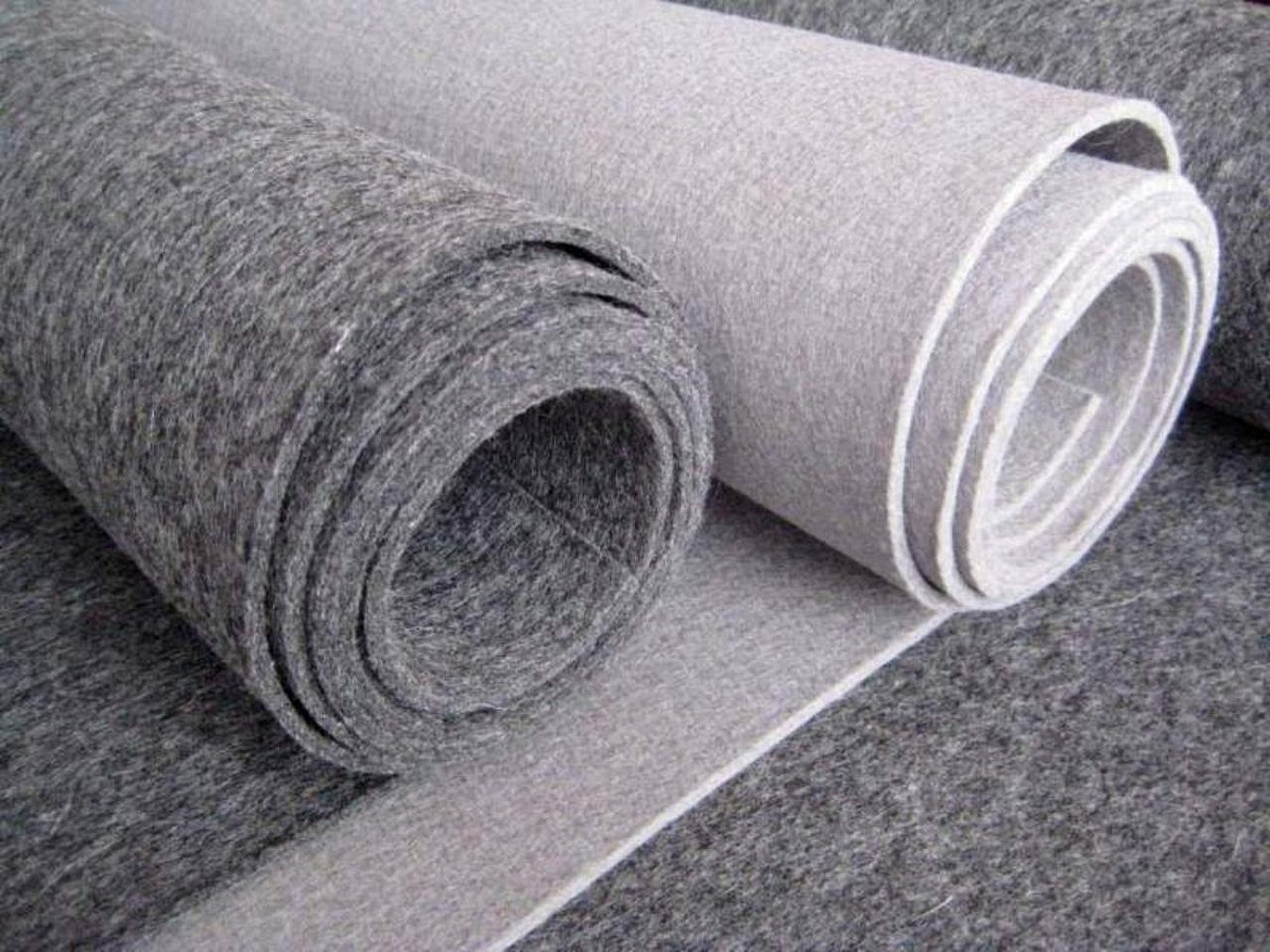
Textile materials in the house are coziness and a warm atmosphere. They are convenient, practical, functional. Bed linen, towels, blankets made of textiles are environmentally friendly and safe. Knitted material is actively used in the manufacture of products for adults and children.




